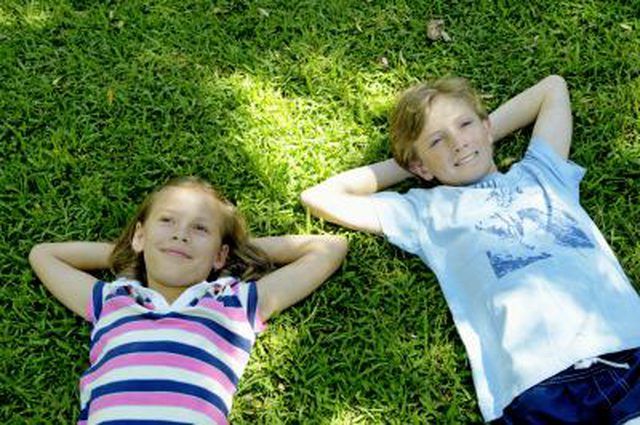Bulbs
Flower Basics
Flower Beds & Specialty Gardens
Flower Garden
Garden Furniture
Garden Gnomes
Garden Seeds
Garden Sheds
Garden Statues
Garden Tools & Supplies
Gardening Basics
Green & Organic
Groundcovers & Vines
Growing Annuals
Growing Basil
Growing Beans
Growing Berries
Growing Blueberries
Growing Cactus
Growing Corn
Growing Cotton
Growing Edibles
Growing Flowers
Growing Garlic
Growing Grapes
Growing Grass
Growing Herbs
Growing Jasmine
Growing Mint
Growing Mushrooms
Orchids
Growing Peanuts
Growing Perennials
Growing Plants
Growing Rosemary
Growing Roses
Growing Strawberries
Growing Sunflowers
Growing Thyme
Growing Tomatoes
Growing Tulips
Growing Vegetables
Herb Basics
Herb Garden
Indoor Growing
Landscaping Basics
Landscaping Patios
Landscaping Plants
Landscaping Shrubs
Landscaping Trees
Landscaping Walks & Pathways
Lawn Basics
Lawn Maintenance
Lawn Mowers
Lawn Ornaments
Lawn Planting
Lawn Tools
Outdoor Growing
Overall Landscape Planning
Pests, Weeds & Problems
Plant Basics
Rock Garden
Rose Garden
Shrubs
Soil
Specialty Gardens
Trees
Vegetable Garden
Yard Maintenance
Zoysia vs. Centipede Grass
Zoysia vs. Centipede Grass. Both zoysiagrass (Zoysia spp.) and centipedegrass (Eremchloa ophiuroides) are medium-textured warm-season turf grasses that are well adapted for use in lawns in Southern climates. Both grasses stand up relatively well to heat and drought, but centipedegrass is more prone to pest and disease problems than zoysiagrass.

Both zoysiagrass (Zoysia spp.) and centipedegrass (Eremchloa ophiuroides) are medium-textured warm-season turf grasses that are well adapted for use in lawns in Southern climates. Both grasses stand up relatively well to heat and drought, but centipedegrass is more prone to pest and disease problems than zoysiagrass.
Appearance and Growth Habits
Zoysiagrass and centipedegrass are both slow growers -- zoysiagrass somewhat more so -- and both grasses may take several years to produce a well-established lawn; once established, however, both grasses provide a dense turf. The color of zoysiagrass varies depending on the cultivar; centipedegrass is typically a lighter green than zoysia or other turf grasses. Both zoysiagrass and centipedegrass remain green only during the warm season, and they go dormant and turn brown or straw-colored in the winter; centipedegrass will also turn brown if it doesn't get enough water.
Climate and Growth Conditions
Zoysiagrass performs well in U.S. Department of Agriculture plant hardiness zones 6 to 9. Centipedegrass can be a bit more sensitive to climate extremes and does best in USDA zones 7 and 8. Both grasses do best in full sun, but both will tolerate partial shade. Both grasses are also drought tolerant and aren't especially demanding in their watering needs. Zoysiagrass is durable, and it stands up well to traffic and salt spray in coastal areas; centipedegrass is significantly more sensitive, and it doesn't tolerate salt spray or wear nearly as gracefully. Because of its more finicky nature, centipedegrass isn't a good companion for zoysiagrass in a lawn.
Mowing and Maintenance
Zoysiagrass has a reputation for being difficult to mow evenly, and it's best cut with either a reel mower or a rotary mower with a well-sharpened blade. It's also prone to thatch buildup, and it benefits from fertilization in the fall. Despite its relatively fragile disposition in terms of wear and disease tolerance, centipedegrass is not as demanding when it comes to maintenance and fertilization; in fact, overfertilization of centipedegrass can cause more problems than it solves.
Pests and Diseases
Zoysiagrass is not especially vulnerable to any particular pests or diseases. Centipedegrass, however, often falls prey to several different pests and problems. Pests such as ring nematodes and ground pearls, a type of scale insect, commonly attack centipedegrass turf, and both pests can severely damage or kill centipedegrass; ground pearl may also attack zoysiagrass, but zoysia is generally better able to withstand the pest. Centipedegrass is also susceptible to a variety of fungal infections which are often referred to by common names such as "large patch" or "centipedegrass decline"; these infections may be caused or exacerbated by over-fertilization or over-watering. Centipedegrass is also sensitive to iron deficiencies in extremely acidic soils, and it will turn yellow if it doesn't get enough iron.